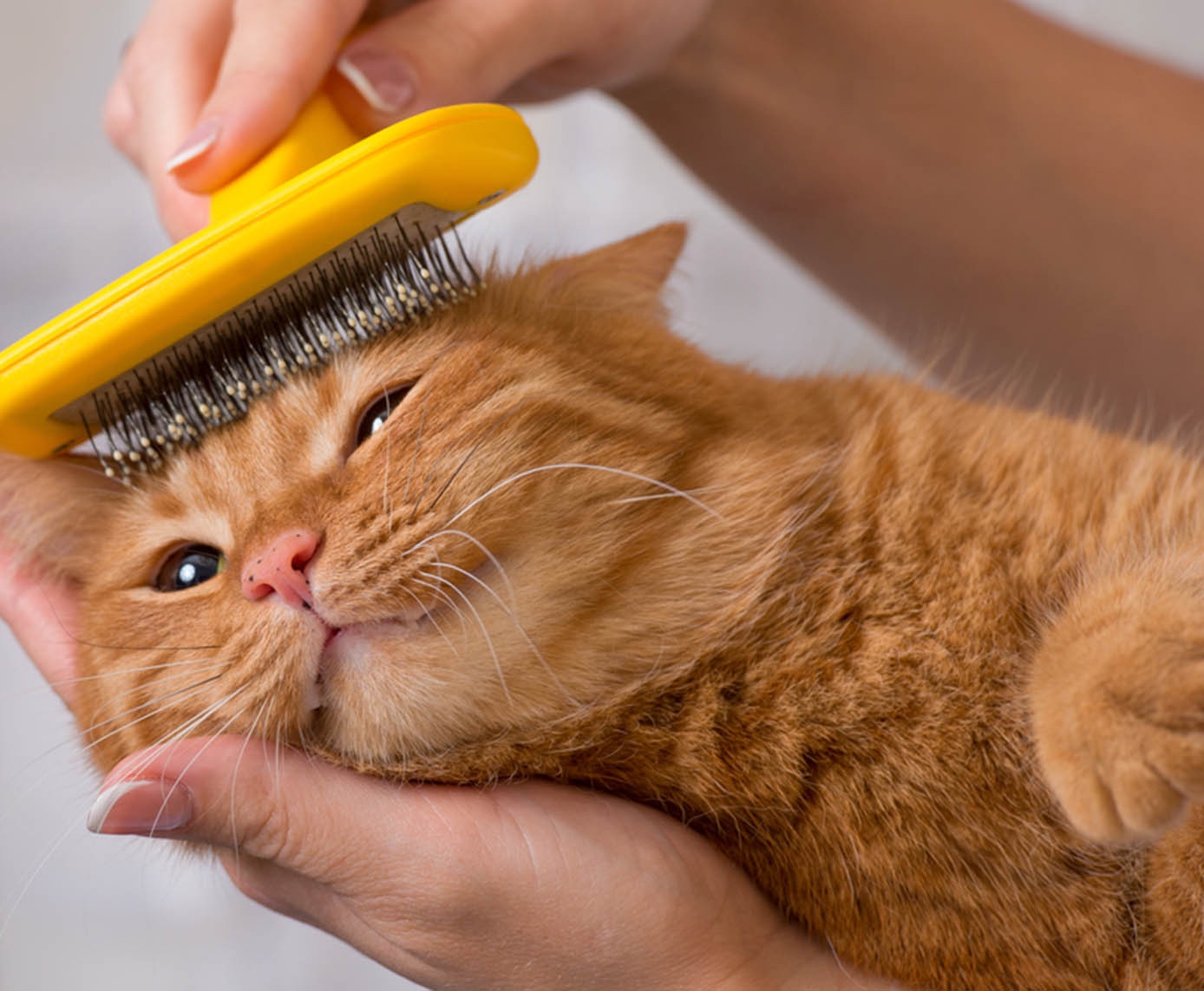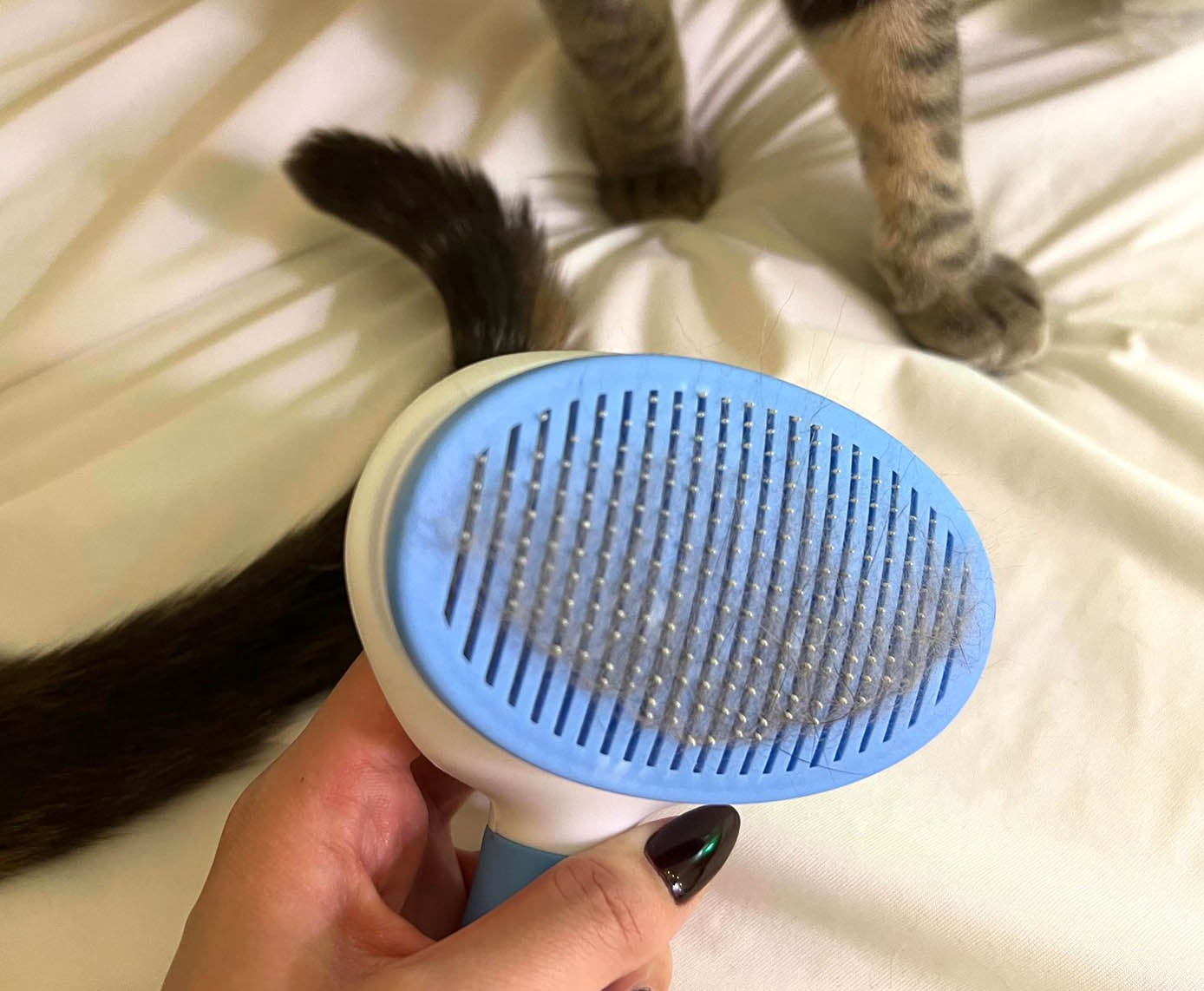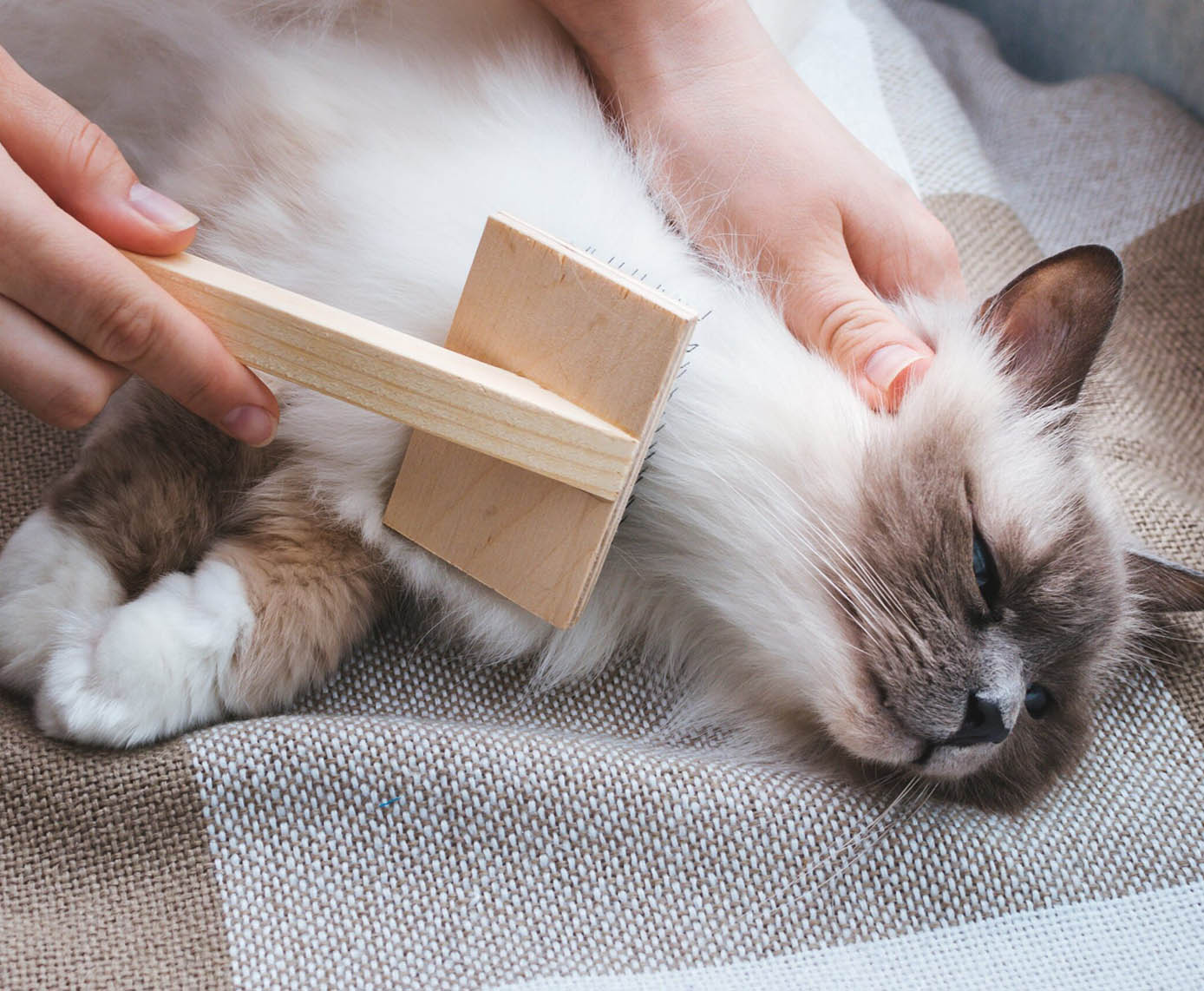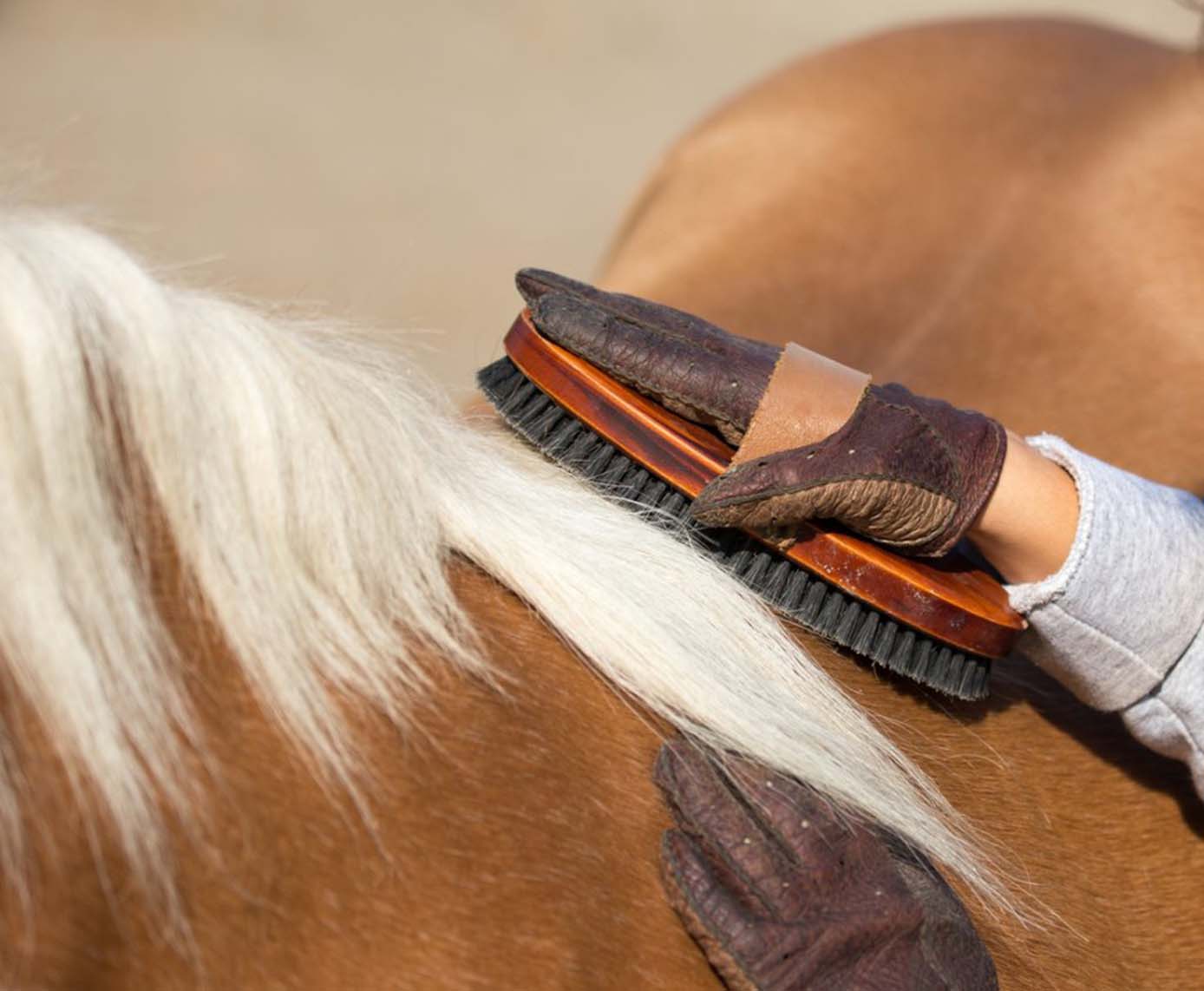Cats are known for their beautiful, luxurious fur, but with that beauty comes the challenge of managing shedding. Regular grooming is essential for keeping your cat’s coat healthy and minimizing the amount of loose hair around your home. One of the most effective tools for managing shedding is a de-shedding tool.
1. Understanding De-shedding Tools
a. What is a De-shedding Tool?
A de-shedding tool is a grooming instrument designed to remove loose and dead fur from your cat’s coat. Unlike regular brushes or combs, de-shedding tools are specifically engineered to reach through the top layer of fur to effectively remove the undercoat, which is often the primary source of shedding.
b. Types of De-shedding Tools
- Slicker Brushes: These brushes have fine, wire bristles that help remove loose hair and prevent mats.
- Furminator: This popular tool features a stainless-steel edge that reaches deep into the undercoat to remove loose fur without cutting the skin or hair.
- Rubber Brushes: These brushes have rubber or silicone bristles that help to massage the skin and remove loose hair.
- De-shedding Combs: These combs have spaced, serrated teeth designed to remove loose hair and detangle the coat.
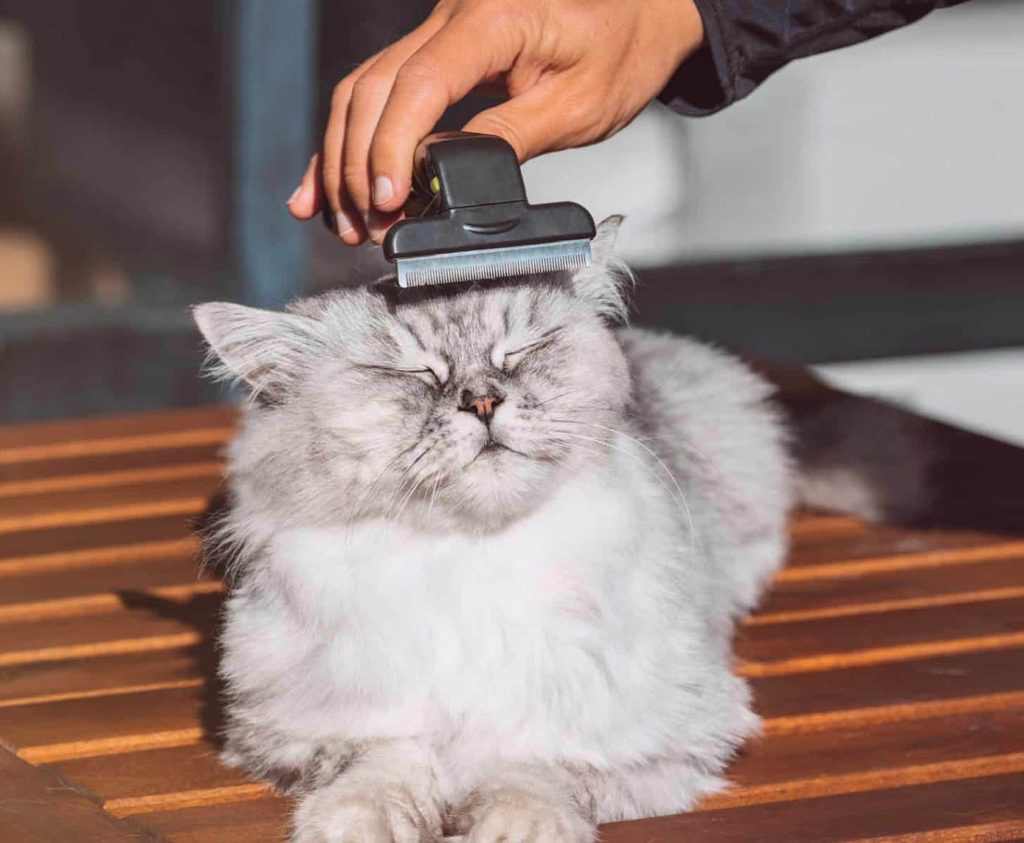
2. Best Practices for Using a De-shedding Tool
a. Choose the Right Tool for Your Cat’s Coat
- Short-Haired Cats: For cats with short fur, a rubber brush or a slicker brush may be sufficient. These tools can effectively manage shedding and keep the coat smooth.
- Long-Haired Cats: For long-haired breeds, a specialized de-shedding tool like the Furminator or a de-shedding comb is ideal. These tools can reach deeper into the undercoat and handle the dense fur more efficiently.
b. Prepare Your Cat for Grooming
- Create a Calm Environment: Ensure the grooming area is quiet and comfortable. Use treats and soothing words to help your cat feel at ease.
- Check for Mats and Tangles: Before using the de-shedding tool, check for any mats or tangles in your cat’s fur. It’s essential to gently detangle these before using a de-shedding tool to prevent pulling or discomfort.
c. Use the Tool Correctly
- Start Slowly: Begin by using the tool gently to get your cat accustomed to the sensation. Avoid pressing too hard; let the tool do the work.
- Work in Sections: Divide your cat’s coat into manageable sections and work through each area systematically. This approach ensures that you cover all parts of your cat’s fur.
- Follow the Direction of Hair Growth: Always brush in the direction of your cat’s fur growth to avoid causing discomfort and to effectively remove loose hair.
d. Frequency of Use
- Short-Haired Cats: For short-haired breeds, de-shedding may be needed once a week. Adjust the frequency based on the amount of shedding and your cat’s needs.
- Long-Haired Cats: Long-haired cats may require more frequent grooming, typically 2-3 times a week, to manage shedding and prevent mats.
e. Post-Grooming Care
- Check for Skin Irritation: After grooming, inspect your cat’s skin for any signs of irritation or redness. If you notice anything unusual, discontinue use and consult your veterinarian.
- Clean the Tool: Regularly clean the de-shedding tool to remove accumulated hair and debris. Follow the manufacturer’s instructions for proper cleaning and maintenance.
3. Top Picks for De-shedding Tools
a. Furminator Undercoat Deshedding Tool
- Description: The Furminator is a leading choice for de-shedding. It features a stainless-steel edge that effectively reaches the undercoat without damaging the topcoat.
- Pros: High efficiency, durable design, available in different sizes for various breeds.
- Cons: Higher price point, requires regular cleaning.
- Best For: Both short and long-haired cats.

b. Hertzko Self-Cleaning Slicker Brush
- Description: This slicker brush features fine, angled bristles that remove loose hair and mats while being gentle on the skin. The self-cleaning mechanism makes it easy to remove collected fur.
- Pros: Self-cleaning feature, ergonomic handle, suitable for sensitive skin.
- Cons: May not be as effective for heavy shedding.
- Best For: Cats with sensitive skin and short to medium-length fur.
c. Pet Portal Cat Grooming Brush
- Description: This grooming brush is designed with rubber bristles to remove loose hair and dander while massaging your cat’s skin.
- Pros: Gentle on the skin, effective for reducing dander, easy to clean.
- Cons: May not be as effective for heavy undercoat shedding.
- Best For: Cats with short fur and sensitive skin.
d. Andis Premium Pet Grooming Comb
- Description: The Andis grooming comb features stainless steel teeth that are perfect for de-shedding and detangling. It comes in various sizes to accommodate different coat lengths.
- Pros: Durable, effective for detangling, easy to use.
- Cons: Requires manual combing, may not handle heavy shedding as efficiently as specialized de-shedding tools.
- Best For: Long-haired cats and those with tangled fur.
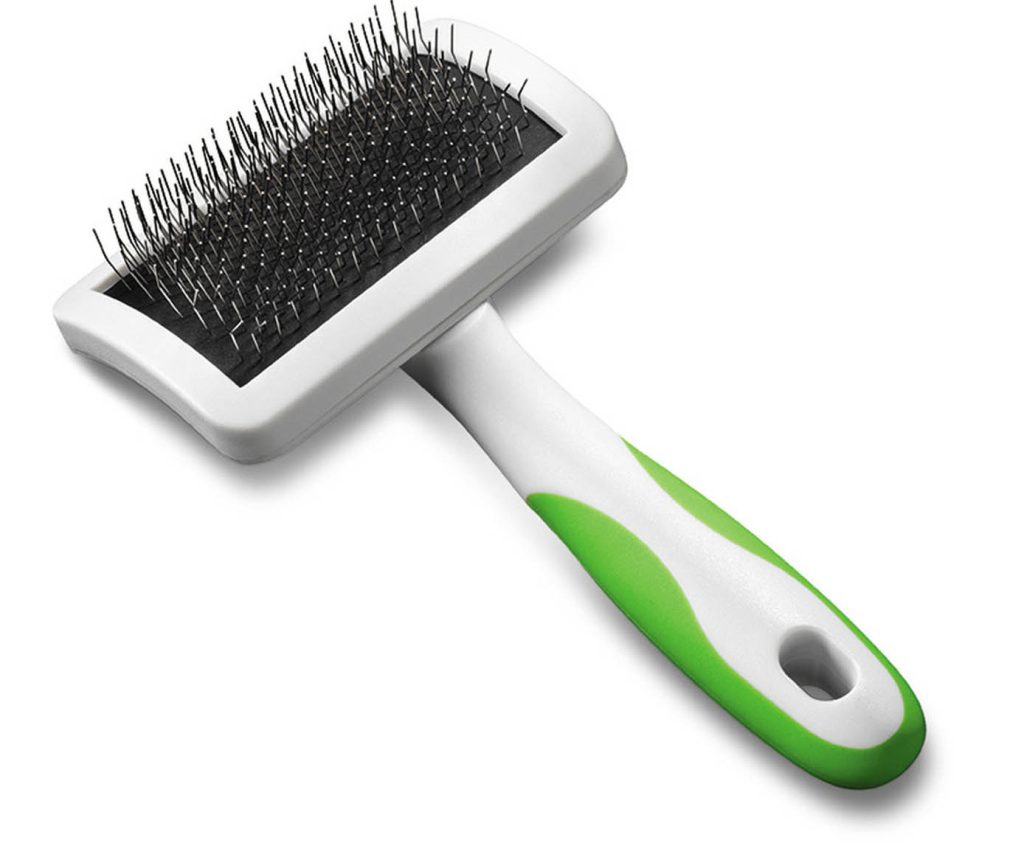
4. Addressing Common Issues
a. Handling Sensitive Areas
- Sensitive Areas: Some cats may have sensitive areas, such as the belly or underarms. Be gentle when grooming these areas and consider using a softer brush or comb.
- Positive Reinforcement: Reward your cat with treats and praise during and after grooming to create a positive association with the process.
b. Dealing with Aggressive Shedding
- Increased Frequency: If your cat is shedding excessively, consider increasing the frequency of grooming sessions. Heavy shedding can be managed with more regular use of de-shedding tools.
- Health Check: Persistent or excessive shedding may indicate an underlying health issue. Consult your veterinarian if you notice significant changes in your cat’s shedding pattern.
5. Maintaining Your Cat’s Coat Between Grooming Sessions
a. Regular Brushing
- Daily Brushing: For long-haired cats, daily brushing helps prevent mats and tangles and reduces the amount of loose hair. Short-haired cats may benefit from brushing a few times a week.
- Brushing Techniques: Use a brush or comb suited to your cat’s coat type. Gently work through the fur to remove tangles and loose hair.
b. Healthy Diet
- Balanced Nutrition: A well-balanced diet contributes to a healthy coat. Ensure your cat is receiving high-quality food with essential fatty acids and nutrients for optimal skin and fur health.
- Hydration: Adequate hydration is also important for maintaining a healthy coat. Ensure your cat has access to fresh, clean water at all times.
c. Regular Vet Check-ups
- Health Monitoring: Regular veterinary check-ups can help identify any underlying health issues that may affect your cat’s coat and shedding patterns. Keep your vet informed of any changes in your cat’s grooming needs.
De-shedding tools are invaluable for managing your cat’s shedding and keeping their coat healthy and beautiful. By understanding the different types of de-shedding tools, using them correctly, and maintaining a regular grooming routine, you can effectively manage your cat’s shedding and minimize the amount of loose fur in your home.
Whether you choose a Furminator, slicker brush, or a rubber grooming tool, the key is to find a tool that suits your cat’s specific coat type and needs. Regular grooming, along with a healthy diet and veterinary care, will ensure your cat’s coat remains in top condition.
